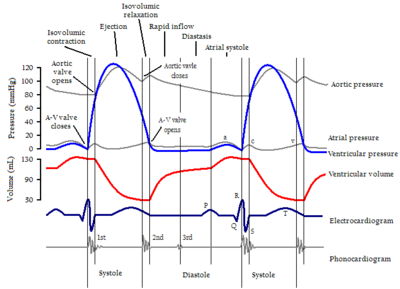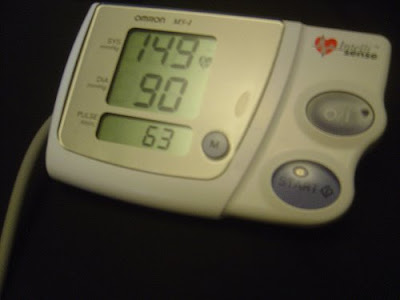Blood Pressure Facts and Figures
Your heart needs to pump blood via the arteries, arterioles, capillaries, and veins to the rest of the body to supply oxygen, nutrients and other essentials for health and maintain life. Obviously, it would take fluid (liquid) pressure to be able to do that through these narrow vessels, and the blood pressure needed would be different depending on which part of the cardiovascular system it happened to be at. Now when doctor talk about blood pressure, what they refer to arterial pressure. Arterial blood pressure is the blood pressure in the larger arteries. Arteries are the blood vessels which take blood away from the heart while veins are those blood vessels that take blood back to the heart.Why it is important to monitor blood pressure
It is important to maintain normal blood pressure which is generally is accepted as an average systolic blood pressure of 120 mm Hg (16 kPa or 2.32 psi)and an average diastolic pressure of less than 80 mm Hg (10 kPa or 1.55 psi). Systolic blood pressure is the maximum blood pressure in the arteries which normally will be near the beginning of the cardiac cycle (cardiac cycle is that repetitive period between the beginning of the flow of blood of one heartbeat to the beginning of the next) while the diastolic arterial pressure is the lowest pressure (at the resting phase of the cardiac cycle). Diastolic arterial pressure is the minimum pressure (resting phase) of the cardiac cycle). The diagram, taken from Wikipedia which is copyright under the GNU license should make it clearer:
The worst case is when the blood pressure is higher than normal which depending on the degree, can be either called pre-hypertension (systolic blood pressure above 120 mm Hg but systolic pressure below 140 mm Hg.) This frequently progress to hypertension or just "high blood pressure (when blood pressure is chronically high) is more problematic and can cause many medical problems like kidney failure, strokes, heart attacks, heart failure and arterial aneurysm. Because of this, it is important to regularly monitor the blood pressure.
Methods to monitor blood pressure
There are various kinds of blood pressure monitor in the market. There are manual blood pressure monitor where you have to use a pressure pump to manually inflate a band placed around the arm to control the blood flow.There are also blood pressure monitors which uses some power source such as batteries or the normal electrical power supplies by your electrical power provider. Many doctors in my country uses the manual blood pressure monitor which uses a sphygmomanometer with a glass tube containing Mercury (Hg) and the doctors will have to figure out which uses the height of a column of mercury to reflect the circulating pressure (for the untrained, this can be difficult plus that tube of mercury is cumbersome and mercury is toxic)
The vast majority of residents in my country (in fact, I believe, the whole world) who monitor their blood pressure themselves at home uses digital blood pressure monitors as it is much easier to use (read). The blood pressure values is displayed as 2 numbers and it is a breeze to read off the systolic blood pressure and the Systolic blood pressure the diastolic blood pressure can simply be read off from those digital numbers (see photo below):

Photo of digital blood pressure monitor is property of Adrian Purser
.I myself have a simple digital blood pressure monitor, but my son-in-law have an even more elaborate (and of course more expensive) digital blood monitor. It is good to have one for your home especially if you have hypertension (high blood pressure) or pre-hypertension.
No comments:
Post a Comment